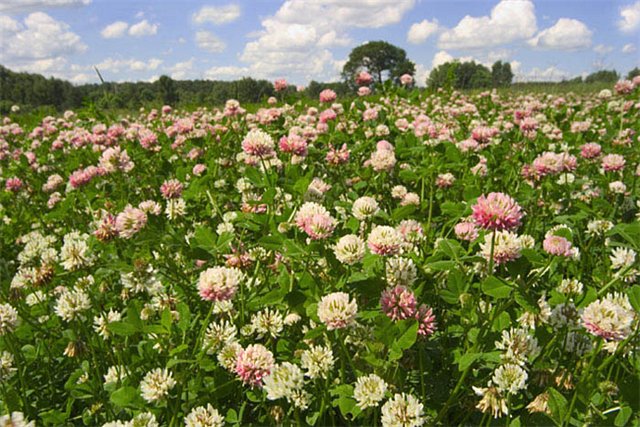You will need
- - Soil;
- Seeds;
- - Fertilizers;
- Water;
- - Shovel;
- - Watering.
Instruction
1
Prepare the ground. Clover is a pretty undemanding plant, but grows best in Sunny areas and gives a real "carpet" of greenery and flowers in loose filled with organic soils. Fertilizer is better to make with autumn digging is based 4-5 kg decomposed manure to each sq. m. plots. Together with the manure makes sense to make 6-7 g of double superphosphate and 3-5 g of potassium fertilizers. In the spring, before regrowth of green shoots can be used to make 4-5 g of urea, scattering the granules on the surface of the earth.
2
Select for sowing clover warm autumn day. It is highly desirable that the temperature has not risen above 15 ° C, otherwise there is a risk that the plant will start to grow and will die from frost. In view of the fact that the seeds are quite small, they are recommended to be mixed with clean river sand in a ratio of 1:3 and planted in furrows drawn at the distance of 10-15 cm from each other. If desired, you can sow clover and randomly, but in this case, increase consumption of seeds.
3
Feed with liquid manure. This should be done in the spring when the temperature will not fall below 5-7 degrees Celsius, and young shoots of clover touched in growth. To prepare the fertilizer dissolve 15 kg of mullein in 30 liters of water, cover with plastic wrap, tie, to prevent the access of oxygen, leave for a week. After some time remove the tape, fertilizer mix, dilute with water in ratio 1:5 and feed the young shoots of clover.
4
Spray the plot with a solution of intaver or treat another tool from harmful insects, when clover will be included at the time of budding. To pinkish-red flowers and emerald green you happy as long as you can feed the clover wood ashes. It contains potassium, magnesium and many other nutrients that contribute to a better vegetatie, as well as protect the clover from diseases.
